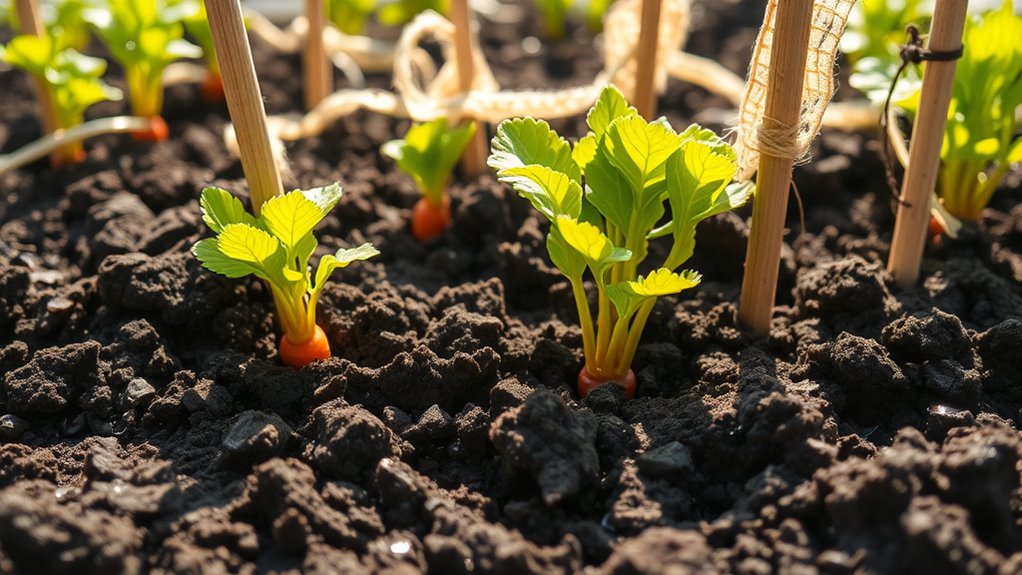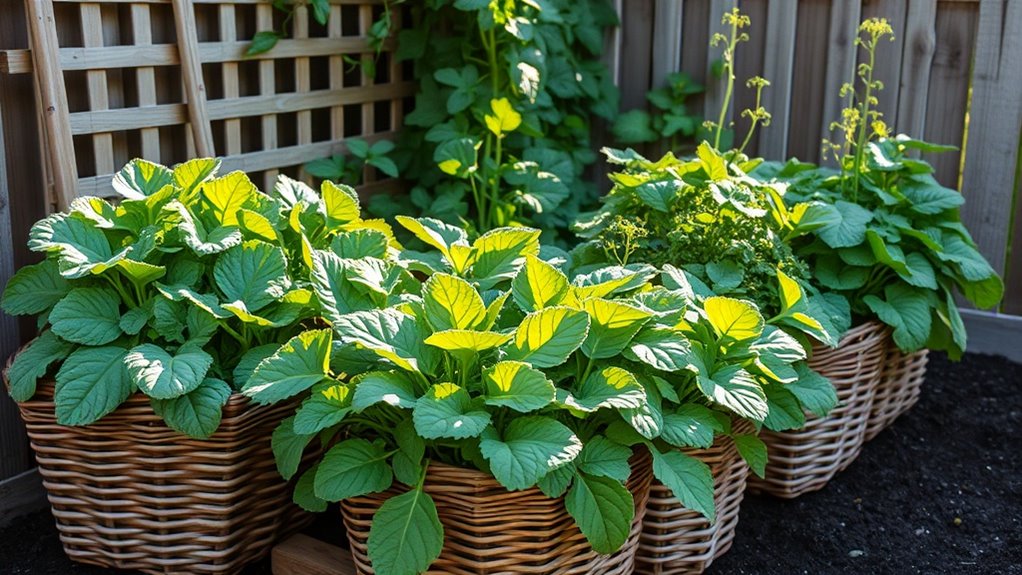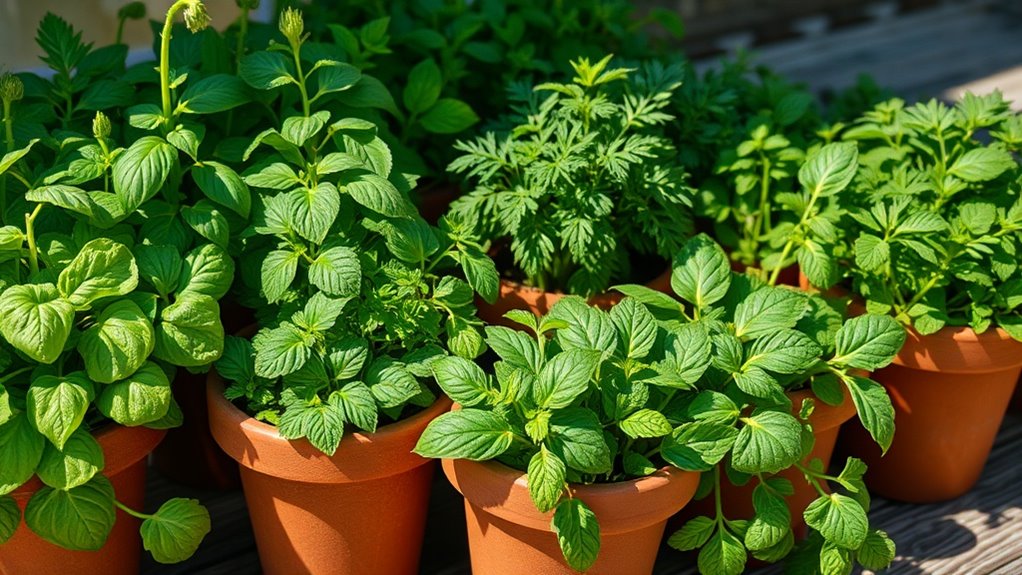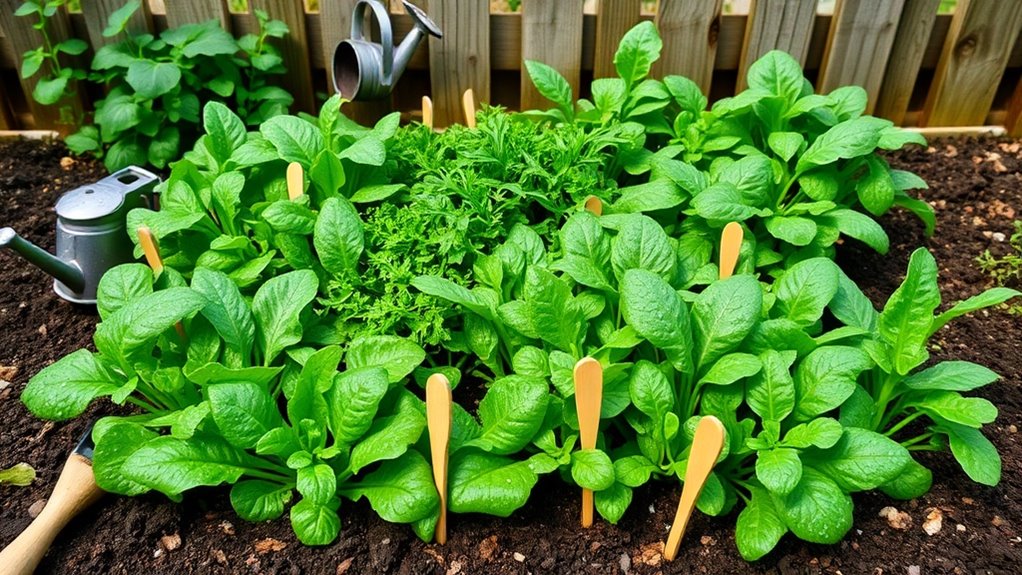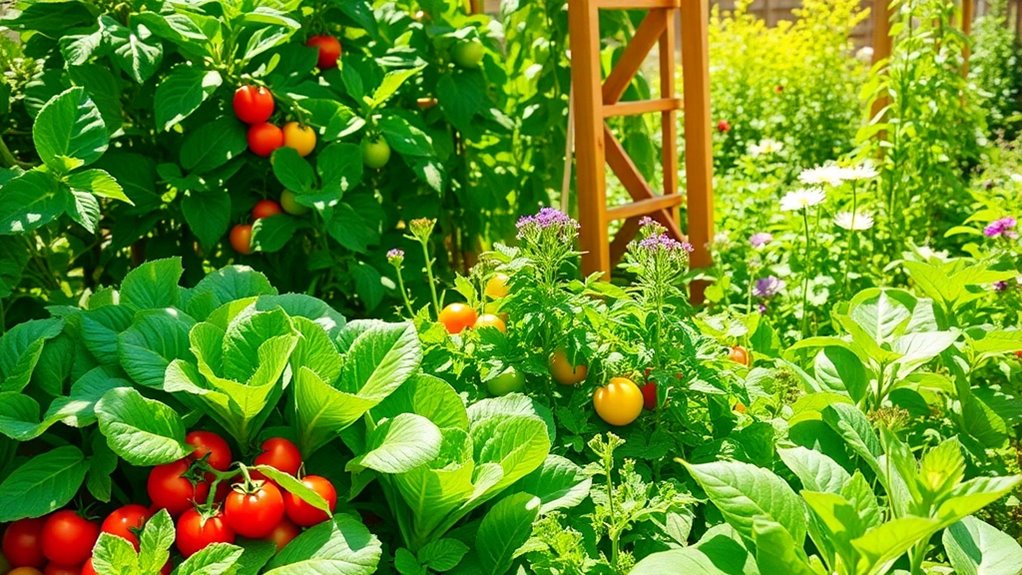The Secret to Bigger Root Vegetables. It’s All in the Prep
If you’re aiming for larger root vegetables, preparation is key. It starts with selecting the right seeds and understanding soil health, including pH levels and nutrient content. From there, proper planting techniques and consistent care play crucial roles in determining your harvest’s success. Discover how these elements interconnect, influencing the size and quality of your yield in ways you might not expect.
Selecting the Right Seeds and Varieties
When it comes to growing bigger root vegetables, selecting the right seeds and varieties is crucial.
Focus on hybrid varieties designed for size and yield, and pay attention to germination rates.
Check disease resistance to ensure healthy growth.
For tailored success, experiment with several types and observe which thrive best in your specific location.
Utilizing companion planting techniques can also enhance growth and overall yield of your root vegetables.
Use these root vegetable tips to maximize your harvest effectively.
Soil Preparation and Nutrient Management
To grow larger root vegetables, preparing the soil and managing nutrients effectively is essential.
Focus on these key aspects:
- Test soil pH and adjust to 6.0–7.0.
- Incorporate organic matter like compost for improved structure and moisture retention.
- Use balanced fertilizers to supply necessary macro and micronutrients.
- Practice crop rotation to prevent nutrient depletion and pest accumulation.
- Ensure the soil contains essential ingredients, which are vital for supporting healthy plant growth.
Proper Planting Techniques
Although your soil is well-prepared, proper planting techniques play a crucial role in the success of larger root vegetables.
Plant seeds or seedlings at the correct depth—typically two to three times their diameter. Space them appropriately to ensure adequate growth.
Firm the soil around the plants to eliminate air pockets, promoting strong root establishment and maximizing nutrient absorption for a successful harvest.
Watering and Care Practices
After planting, consistent watering and care practices are vital for the growth of larger root vegetables.
Follow these guidelines to ensure optimal conditions:
- Water deeply, about 1-2 inches per week.
- Maintain consistent soil moisture without over-saturating.
- Mulch to retain moisture and suppress weeds.
- Check for pests or diseases regularly to safeguard your crop.
These practices will support healthy root development. Additionally, understanding ideal watering schedules can greatly enhance the effectiveness of your watering techniques.
Harvesting and Storage Tips
When it comes to harvesting root vegetables, timing is crucial. Wait until after a frost for sweeter roots, but don’t delay too long, as overgrown vegetables can become woody. Use a garden fork to gently lift vegetables without damaging them. Additionally, ensuring proper soil conditions can further enhance the quality and size of your harvest. Store your harvest in a cool, dark place with good ventilation, ideally between 32°F and 40°F, to prolong freshness.

